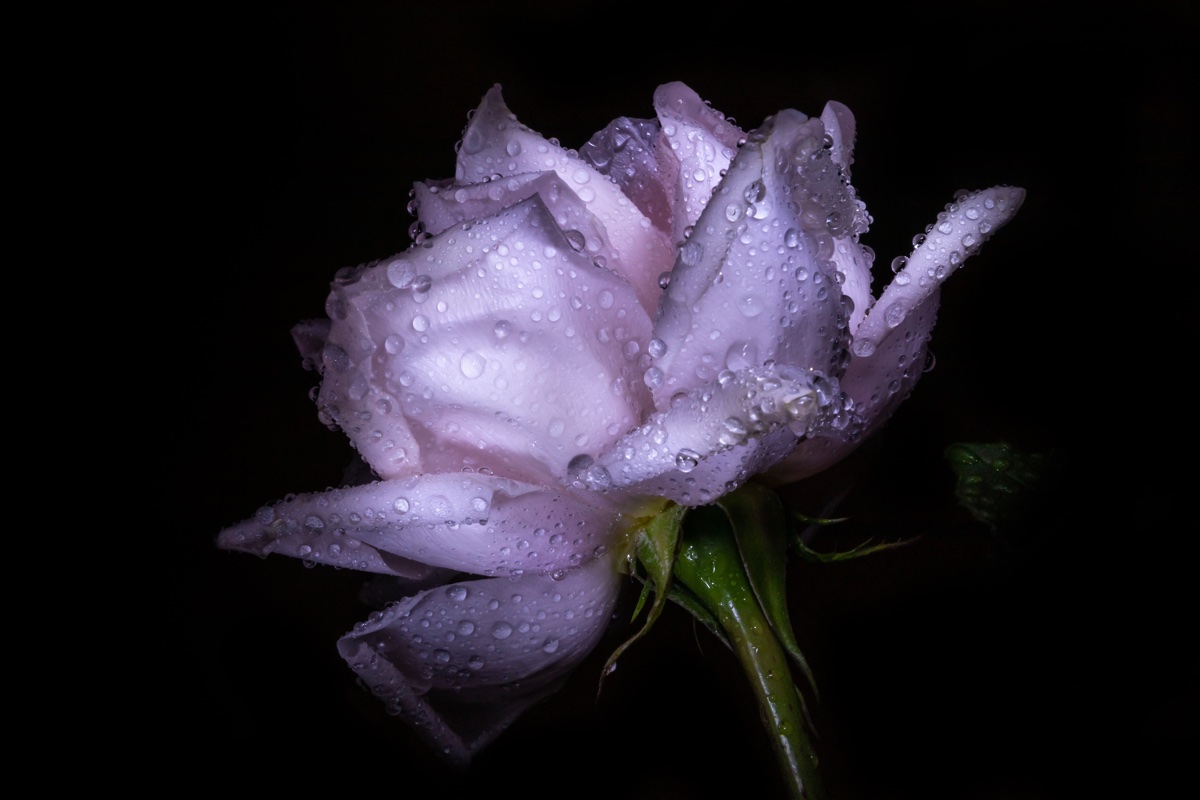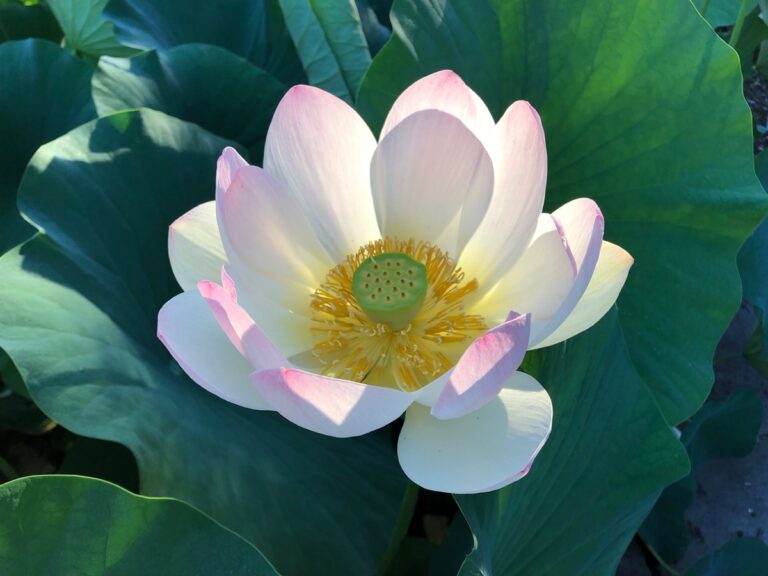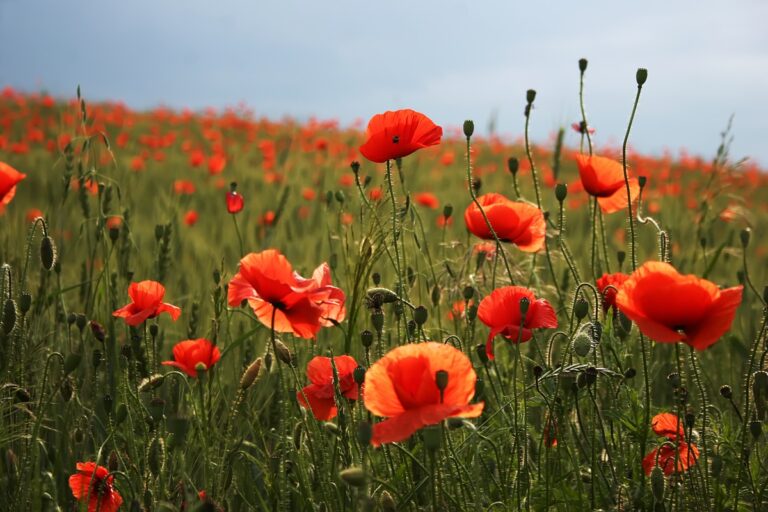808th Week: Easing Distress
When I woke up this morning, I noticed that I was feeling a sense of hopelessness around the edges and this is an unusual response in me. Rather than make up any stories about what it meant—above and beyond the obvious challenges we currently face collectively as well as individually, I found myself turning to my tried and true sources of grounding, practices that help me return to a steady sense of presence.
There are two reasons I stay on top of this. First is my belief in collective consciousness and I don’t want to add extra distress to what is already a powerful experience happening to many people in our human family. The second reason is that I know how easy it is to inadvertently add activation to an already-distressing internal state and I have spent many years learning how not to do that. Adding activation to activation doesn’t help me or anyone and, when it leads to a sense of overwhelm and potential shutdown, can keep many of us from engaging in those actions that really could make a difference.
I’ve written about two practices I use all the time and I think they can’t be described often enough, especially these days. So, I offer them below, as I have a number of times before, and again invite you to experiment with them to find out if there are ways these approaches may also be useful to you.
Tonglen
I’ve written many times about Tonglen. The practice, as I do it, is very basic and I apologize to those Buddhist practitioners who will recognize where I have simplified it and possibly changed it in ways I don’t even know to recognize.
Here are the steps as I do the practice:
- First, I settle in and find my place of grounding, to the degree that I can. Please remember that activation moves up the body, so bringing awareness to the lower half of the body is a good start. Bringing awareness to your tailbone, legs, and feet, along with your pelvic floor can be very useful.
- Another way I have described this is to allow your awareness to follow the next out-breath down to the bottom of the breath. Notice that there is a still point in the gap between one breath and the next and, if this appeals to you, you can enter that still point and hang out there for a bit. Then, from the stillness, notice your pelvis, etc.
- Then, bring your awareness into your heart space and notice that there is a fire there. It is the fiery presence of love and will be the energy you will use when you practice Tonglen.
- Identify the feeling you are having and allow yourself to recognize that, at this same moment, there are countless people all around the world who are feeling the same thing.
- Then, on the in-breath, breathing into your heart the world’s experience of this feeling and allowing it to blend with your own, invite the fire in your heart to neutralize that feeling. You can imagine this as the fire burning it up, dissolving it, neutralizing it in whatever way is natural for you to experience.
- Then, on the out-breath, qualify that energy in whatever way works for you. I often imagine the neutralized energy becoming “ease”, “compassion”, “love”, or some other settling kind of quality. As you breathe out, imagine that quality filling your body-mind and then flowing out into the world to touch into our collective consciousness, making that quality available to others.
I recommend doing as many breaths as you need in order to feel a shift. I often find that, within five or ten breaths, I’ve completely shifted into the quality that I exhale. Having Tonglen available as one of your resources can be a real gift, as you can use it anytime, anywhere, and no one needs to know that you are doing it.
Of course, this isn’t to suggest that you ignore feelings that need your attention. Our feelings tell us what’s going on in and around us. The purpose for this practice is to notice when you might be adding to activation in ways that don’t offer you support in processing what you’re feeling, ways that may instead increase your agitation and distress.
Voo
I’ve written often about the benefits of sounding “voo” when you need to settle. Peter Levine, the founder of Somatic Experiencing(r) uses voo a lot in his work with people. It’s one of the ways that we can “tone” the vagus nerve and that practice has many health benefits. If you google “toning the vagus nerve”, you’ll find articles and research about the benefits of making this part of your daily health routine.
- When I voo, I settle in and ground myself to whatever degree possible, so I recommend that you do so first. Then, take a gentle in-breath and make the sound of “voo” in a way that allows you to feel its resonance throughout your abdomen. I tend to sound it gently and not too loudly, although you want the vocal cords involved and you want the tone to be in a naturally low register—one that’s natural for your voice—so that you feel the vibration of it in your body.
- I generally do three voo’s and then check and see how I feel. If I still feel tense or activated, I do three more. Then, I use voo whenever I need to during the course of the day. When I had my office, I would usually do at least one voo before I went out to the waiting room to welcome the next person. Using voo has become a constant companion and I’m very grateful to have it available. It’s another practice that no one needs to know you’re doing and you can carry it with you wherever you are.
As with all these practices, please be sure to be gentle with yourself. We’re all struggling with activation these days and our bodies will appreciate any time we offer moments of ease to our whole body-mind being. Remember to bring along curiosity as your constant companion, as curiosity opens both mind and body, easing constriction physically and in thoughts and emotions.
And, please remember to pat gently on the head any judgments that may arise as you play with this practice. It’s inevitable that judgments come and go and it’s a gift to learn to allow them to arise and just keeping moving along on the stream of consciousness without your having to do anything about them other than maybe pat them on the head as they go by. They are often symptoms of activation, so you can observe any tendency to move into judgment as a reminder that you may need to recenter and reground yourself.





